Estonians cherish their beautiful summer, long sunny days and short fairy-tale nights. In return, most of us are inversely aching about the rest of the year – the dim, wet and somber days of fog and darkness. Then again, the bad weather is as beautiful as those sunny summer days if you only care to look. Here’s a set of pictures of memorable urbanscapes and buildings that I’ve encountered on such dim times.
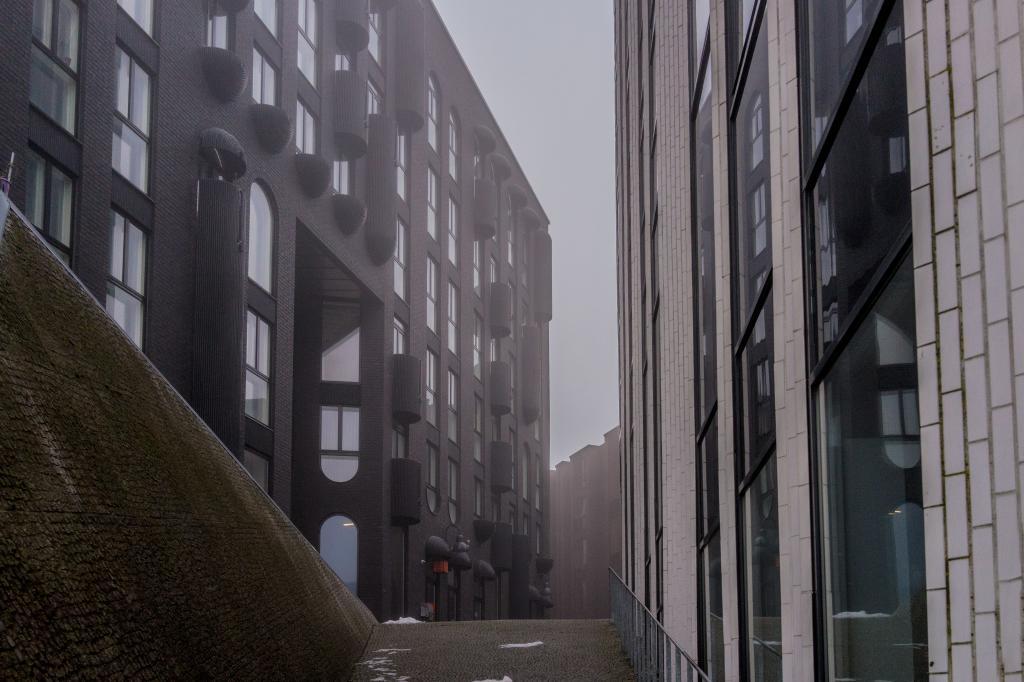
Rotermann, Tallinn. This is where I work from on my Tallinn days. Young Estonians bring their foreign friends here and take massive amounts of pics of these surroundings if they want to show off the progressive, modern side of Estonia.
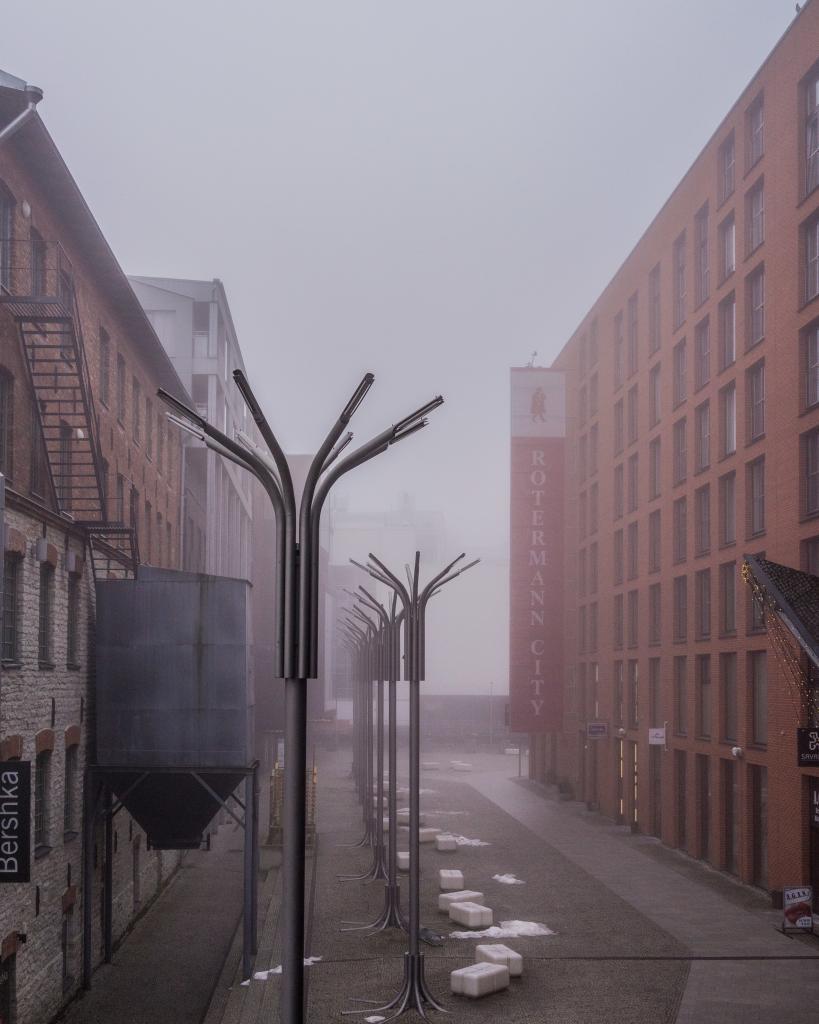
Rotermann, Tallinn. Repurposed old industrial quarters in a harmonious ensemble with new office and apartment buildings. The fog lets it feel bigger and more powerful than it already is.

Vaksali, Tartu. The quiet beauty of unclaimed pieces of land in otherwise tightly built up central part of the town. The knowledge of the approaching build up looming in the future adds to the overall aesthetic pleasure.
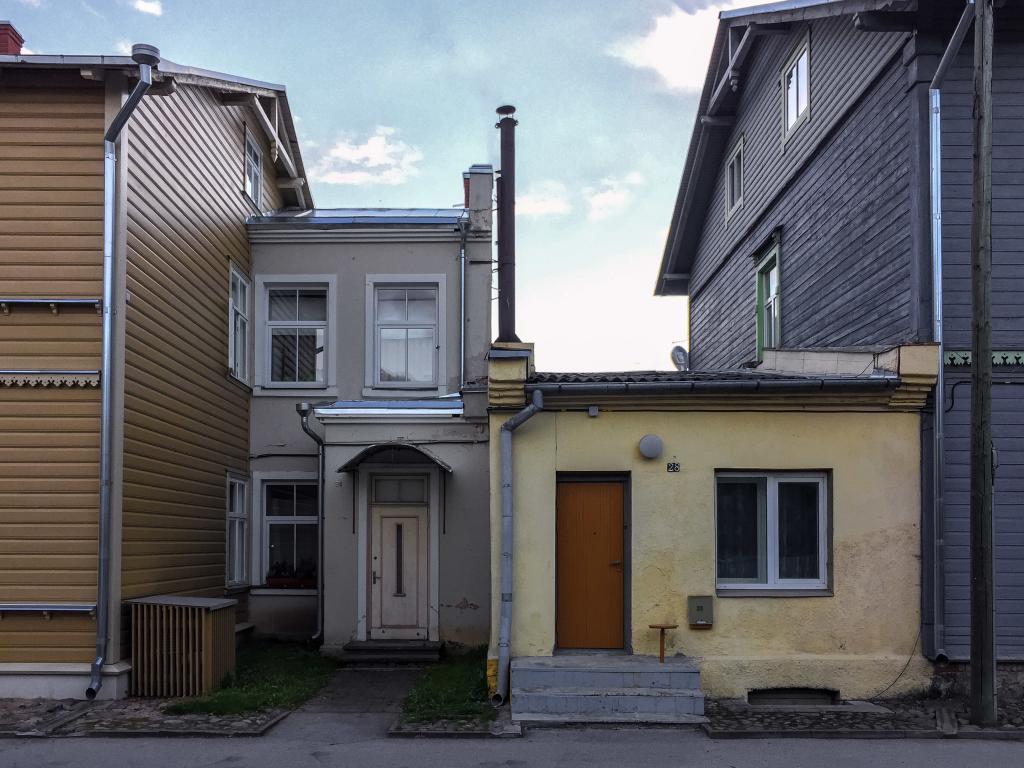
Vaksali, Tartu. We don’t actually need that much space during large stretches of our lifetimes. Small houses are easier and cheaper to keep, you are out on the street with just a few steps if necessary and they are just adorable — especially when contrasted by the big houses around them.
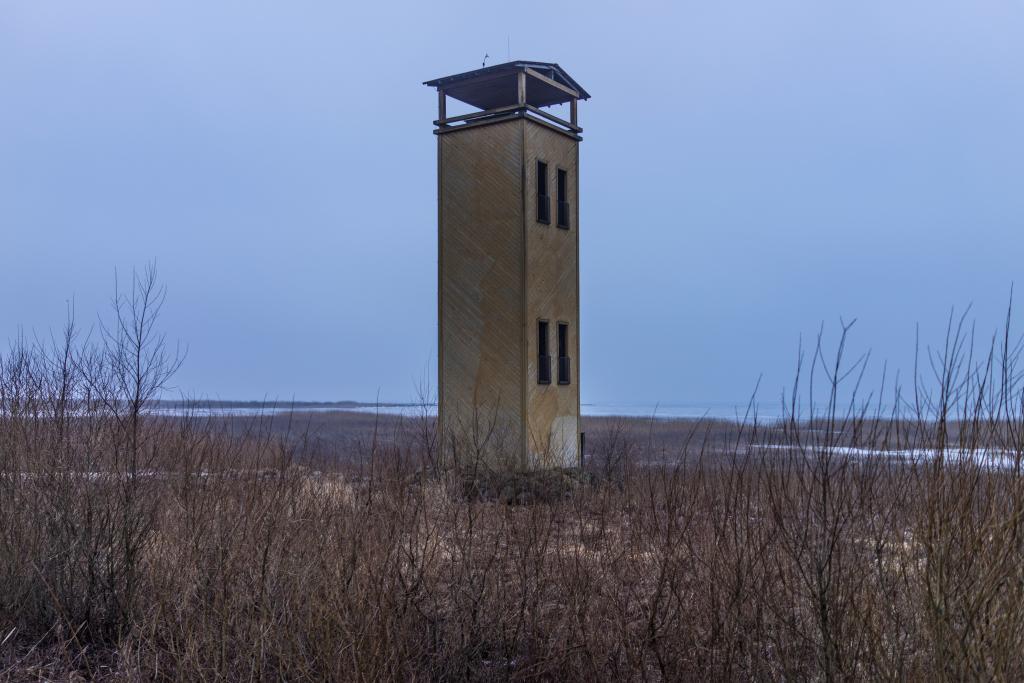
A lookout tower on the northern shore of Võrtsjärv. The miniature house-like buildings in lifeless landscapes add a layer of additional emptiness to the already deserted winterscape. The warmth pours into you by just standing and watching this silence.
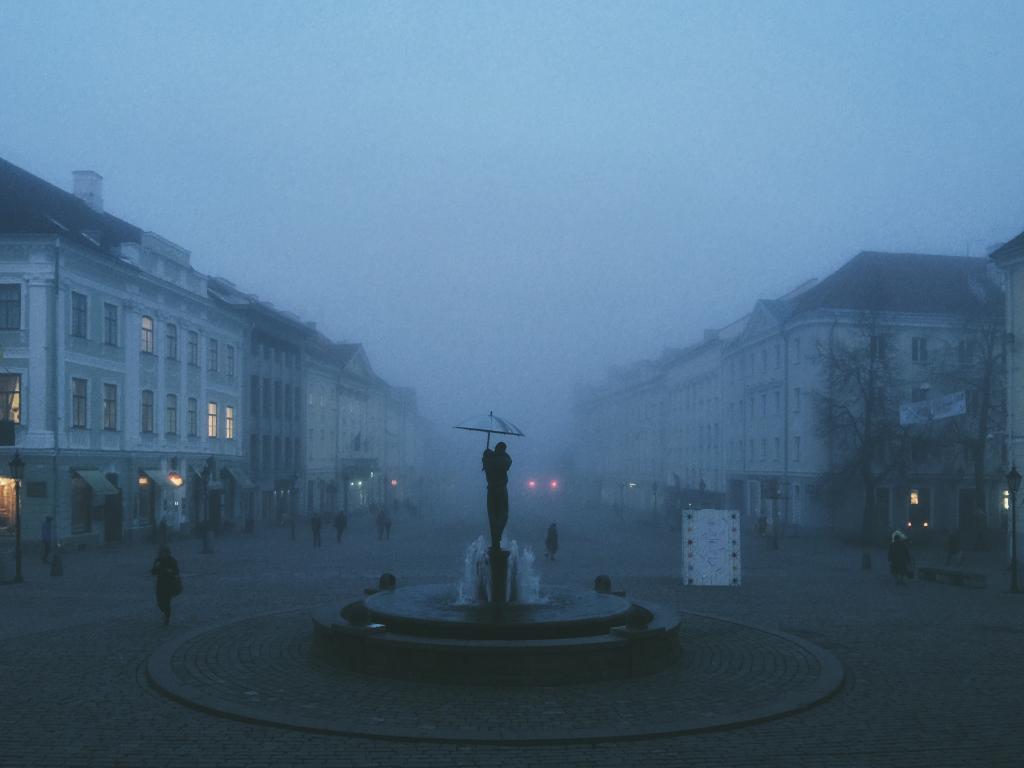
Tartu Town Hall Square. This laid-back classicist old town is where my Tartu office lies. Nothing beats the foggy weather during the blue hours of short late autumn days. It’s soft, sweet and relaxing for some – and, yes, appallingly morbid for others.
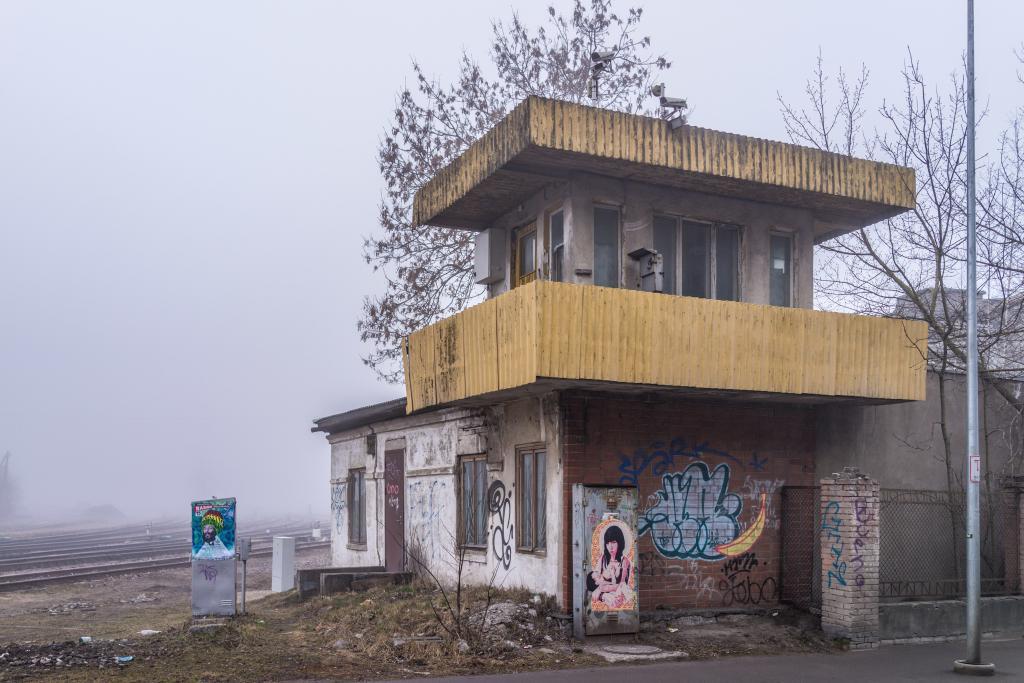
Telliskivi, Tallinn. This region sees a rapid change, where industrial buildings are taken over by the creative class. The coolest houses are too small for easy conversion, though, and so they stand there, empty and waiting for someone to figure out how to bring them back to life.
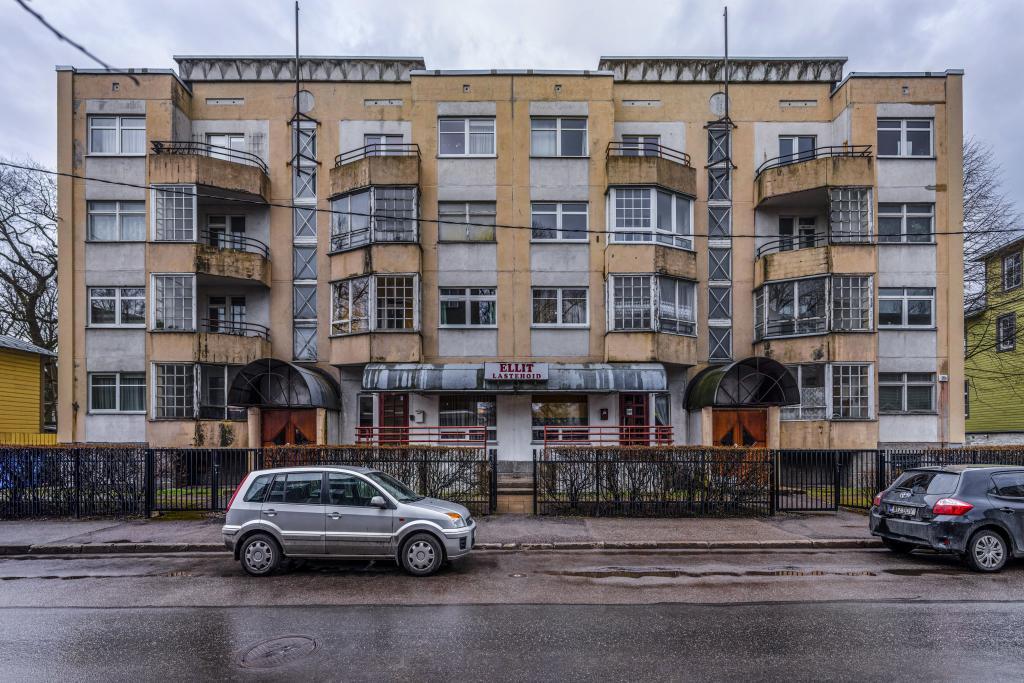
Kalamaja, Tallinn. A single house of a future that never came. A shabby wooden district in Tallinn was destined to be demolished and replaced with the cold brutalist monsters like this. The first one remained the only one. Now alone and shabby, surrounded by all-around renovation, it has turned out to be more beautiful than ever intended.
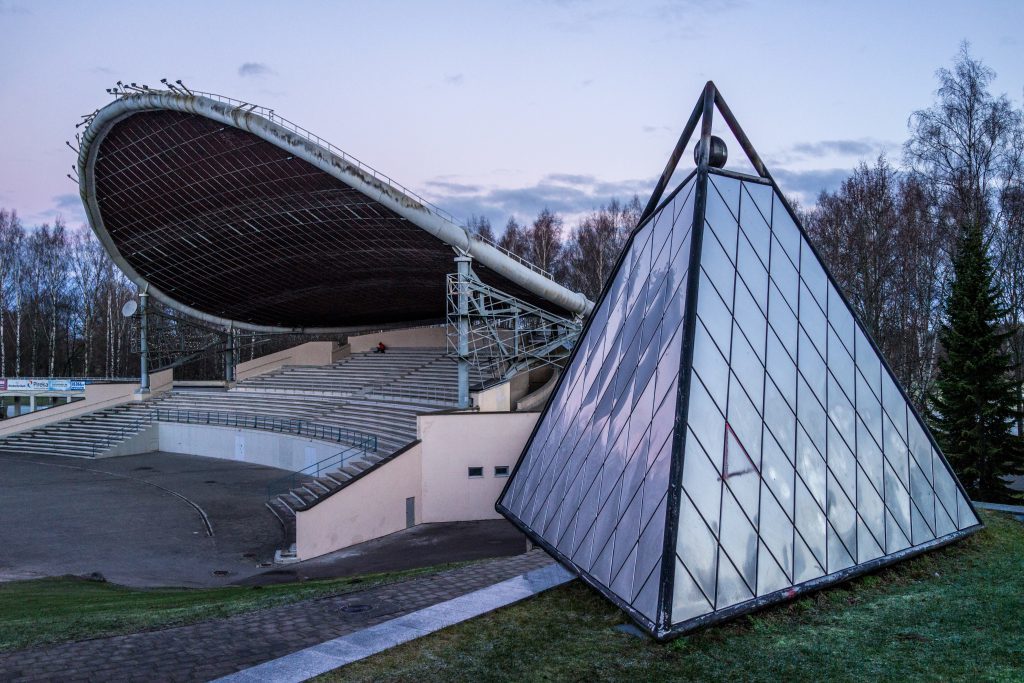
Tähtvere, Tartu. The futuristic song festival ground from the 1980ies has somehow survived the iconoclasm of succeeding decades – probably because of lack of funds. Now again it looks stylish, hip and ready for prime time, waiting for Grimes, Peaches and why not Kraftwerk – with a thousand background singers, of course.
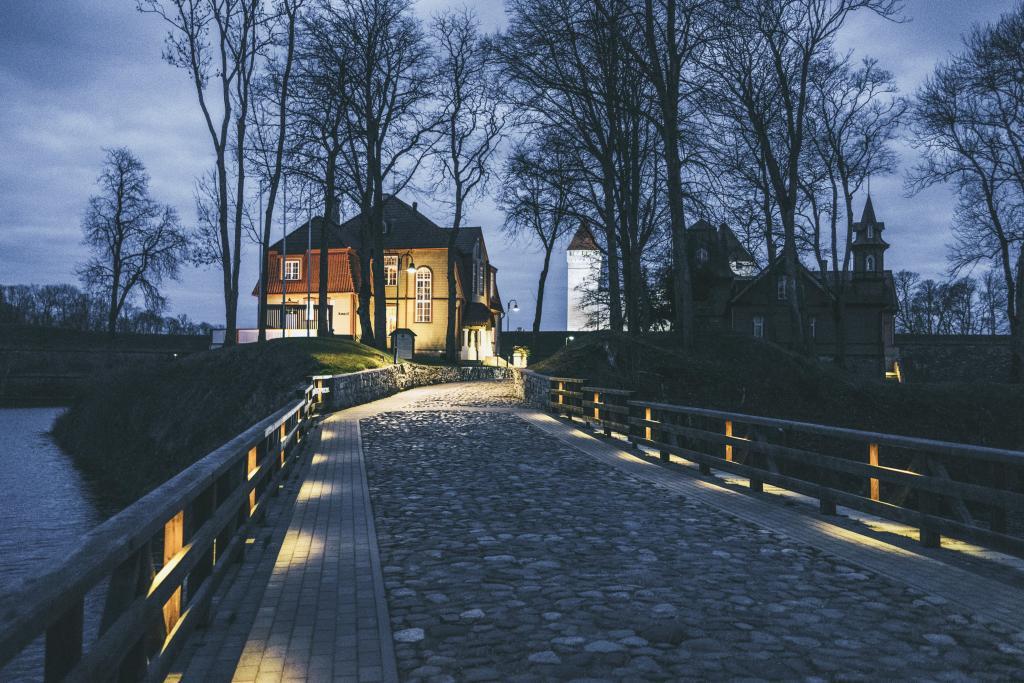
Kuressaare. The unexpected fairy tale castle on the sea shore of the beautiful wooden town of Kuressaare deserves thousands of visitors on its grounds all year round. Thankfully both the castle and town are relatively quiet most of the year – and you can often have it all for yourself.

Karlova, Tartu. Often noteworthy houses survive only because they are left to die. Either the owners are too poor to destroy it through too eager renovation – or the modernist city planning fad was bogged down before taking down the whole district. This is the case here – the Soviet overlords once again wanted some real houses and highways instead of decay and poverty. Thankfully, they faded away soon after.

Karlova, Tartu. My favourite architectural subgenre – cute houses too tiny for living with your family. Did I forget to mention that it was originally meant for *two* families? One for each one-room storey. Now it’s the entry point into a wonderful secret mini-district with a number of equally beautiful, yet a bit bigger homes.
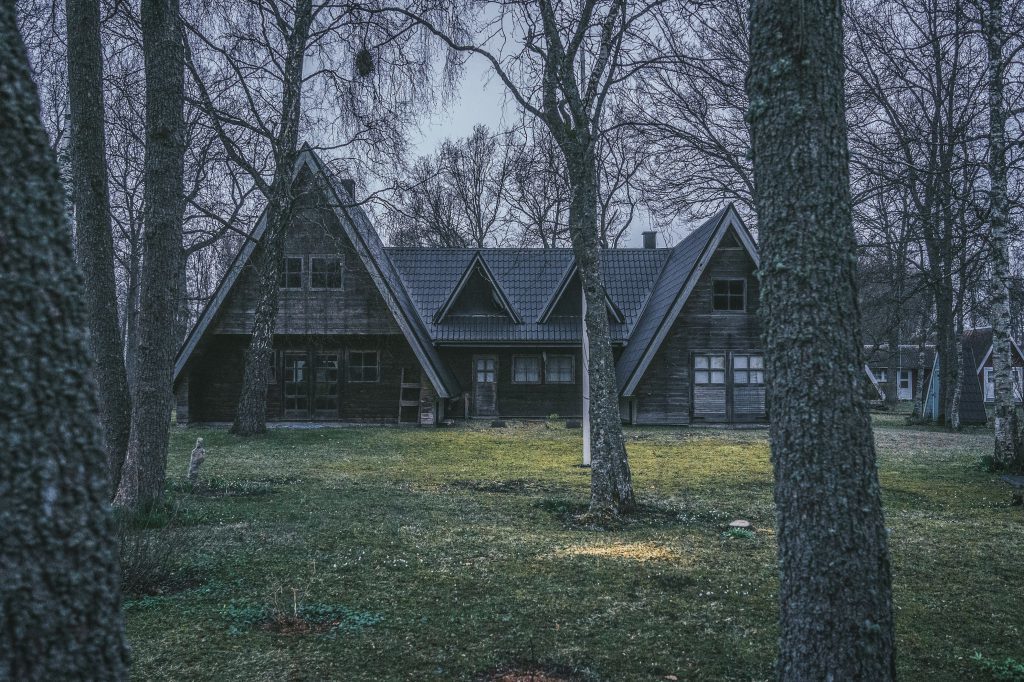
Mändjala, Saaremaa. It’s easy to make a horror movie anywhere in the Estonian countryside during the cold season. Then again, you could also make a feel-good movie right here – it’s only how you manipulate the picture, and your thoughts.
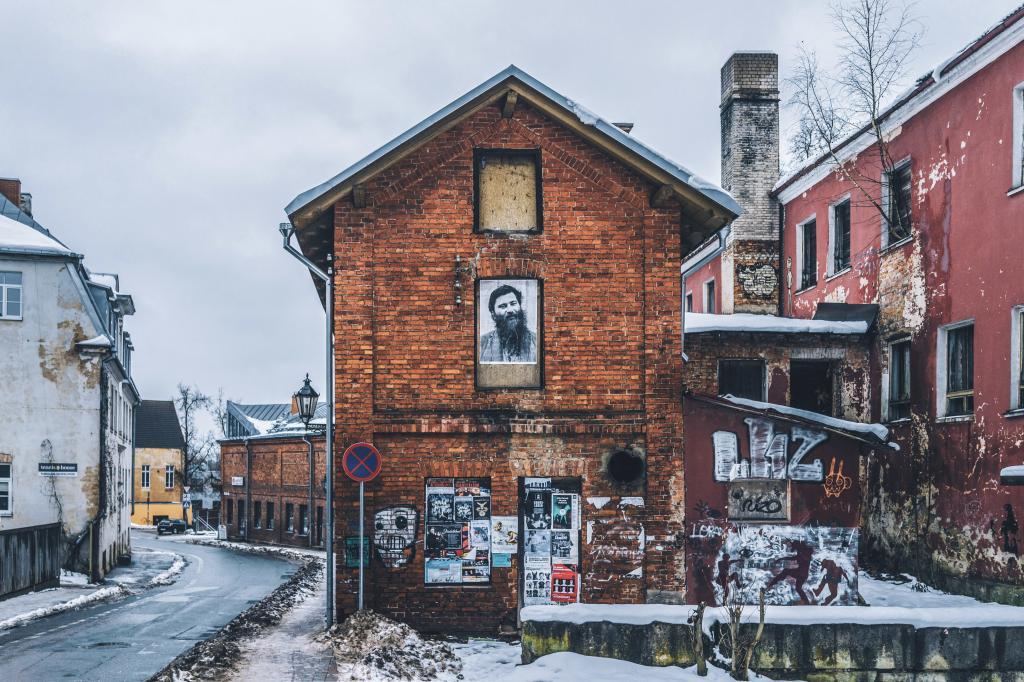
Toomemäe, Tartu. These houses have been a huge, derelict canvas for artists and taggers for as long as I can remember. Prime real estate, just the owners aren’t ready for prime time yet. This and a few other houses in Tartu have massive portraits featuring local heroes on their walled-up window slots.
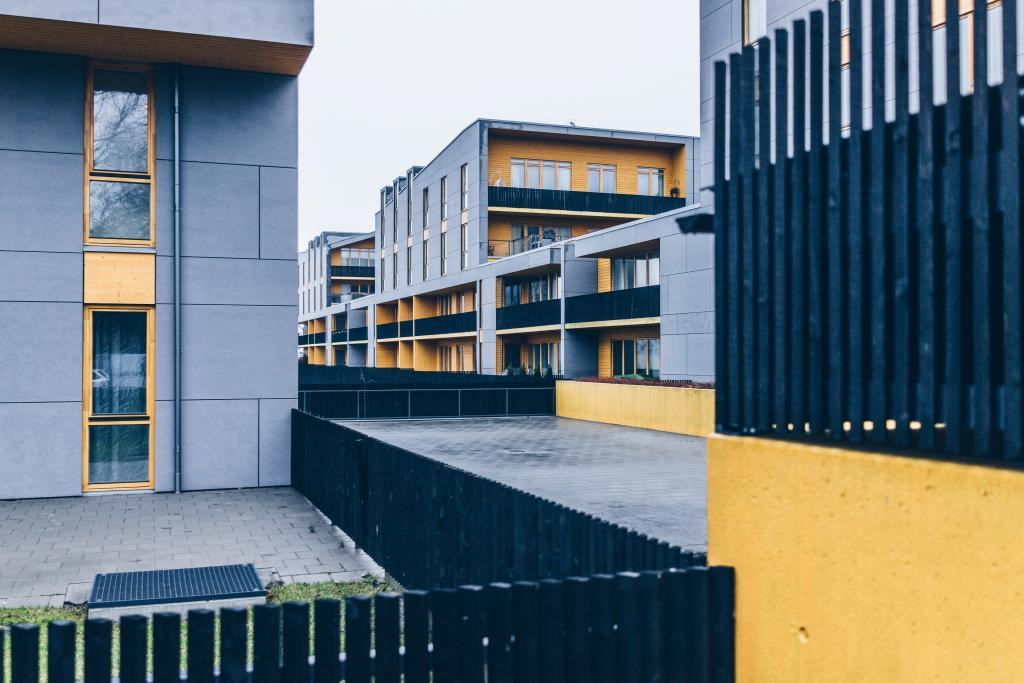
Kalamaja, Tallinn. Somehow, we have learned to build houses, but not yet the space between them. Absurdly hilarious fence systems coupled with negative space for parking and lifeless, micromanaged lawns. You can sometimes only tell the difference between jail architecture and nice residential developments by measuring the height of the fences. Until landscape architects are discovered, I and other photographers can enjoy the pure form these buildings and their desolate surroundings pose.

Raadi, Tartu. The pleasure of comparing the poetic, faded realism to the naive ideals of modernist planning – both necessary ingredients for this beautiful outcome. This beauty is hidden to the muddy backstreets near the former Soviet military zone – a region still almost if undiscovered by the municipality and therefore a great destination for visiting pearl hunters.
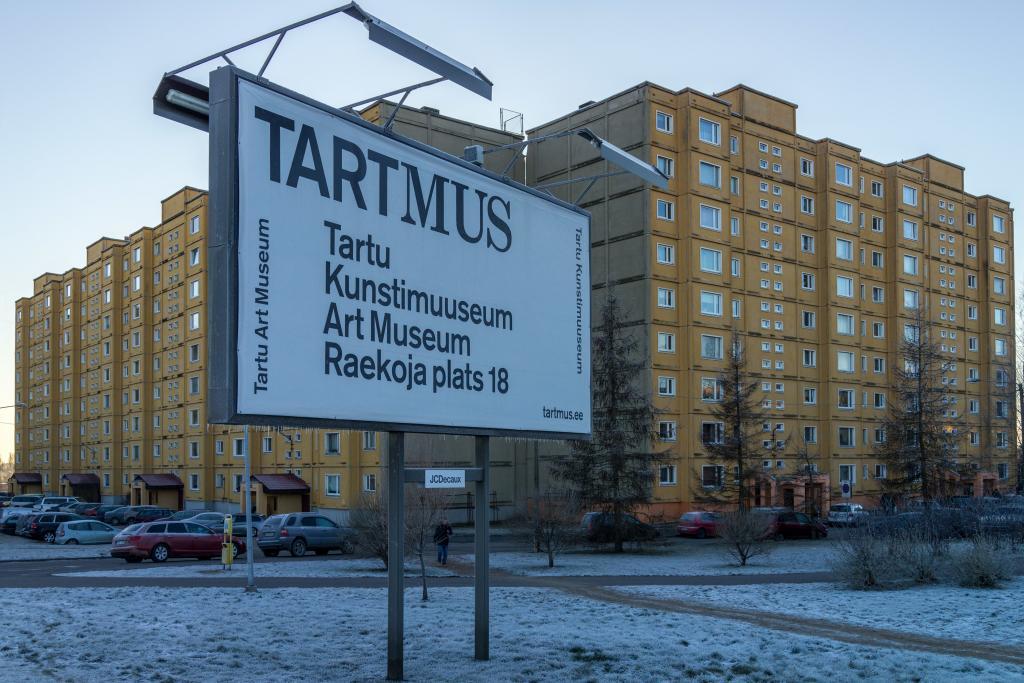
Annelinn, Tartu. I grew up in a similar “mikrorajoon” close to this one. You only have one childhood and it doesn’t matter that much of it takes place in a Soviet modernist dystopia or anywhere else. What I don’t know, though, is why it still attracts me now – is it slight nostalgia or just the promise of impressive shots? Even worse – I actually like it as one part of the complete urbanscape.

Sadam, Tallinn. Where else would you expect to stumble upon the Estonian Museum of Contemporary Art – if not in a derelict industrial building destined for demolition (and replacement with posh residential/commercial district)? Hope this one, too, will outlive the current short-sighted overlords and eventually get those posh new houses around it, not instead of it.

Old Town, Tallinn. For years, I didn’t see the Old Town too much – it was out of my usual routes in Tallinn and seemed to be serving only souvenirs and alcohol to tourists. Now it has changed to the better, offering a lot to both locals and visitors. Also, the visitors seem to be much more diverse. Maybe ourselves, too.
Go out and enjoy the Eesti blues, this is in a way even better than the beautiful summertime – because you can be pretty sure about the exclusivity of the experience – you won’t meet pretty much anyone else.
This is a part of the Estonian urban and landscape photo series. Please see also Eesti noir, Eesti home, Eesti mist and Eesti autumn.

Enjoyed this article, and agree with you about the sweet little houses. Now that I’m retired, it’s exactly my size!
Wonderful photography. Excellent architectural/landscape/urban life critiques.
Thank you for bringing to life with your photos and commentary a homeland I never got to know.